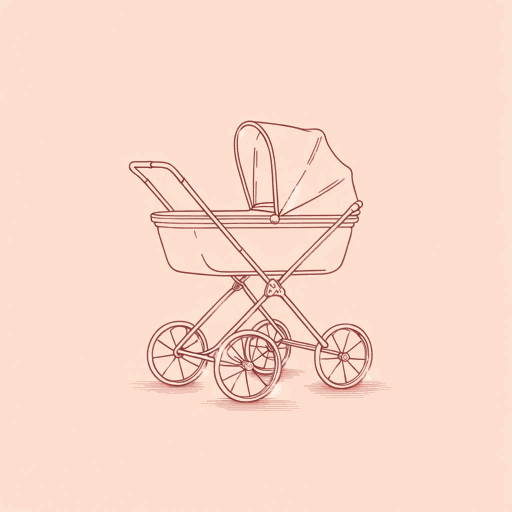44 pages • 1 hour read
Tom PerrottaThe Leftovers
Fiction | Novel | Adult | Published in 2011A modern alternative to SparkNotes and CliffsNotes, SuperSummary offers high-quality Study Guides with detailed chapter summaries and analysis of major themes, characters, and more.
Important Quotes
“We’re agnostics, she used to tell her kids, back when they were little and needed a way to define themselves to their Catholic and Jewish and Unitarian friends. We don’t know if there’s a God, and nobody else does, either. They might say they do, but they really don’t.”
(Prologue, Page 1)
The Leftovers begins with Laurie defining the religious and community roles that her family fulfills in Mapleton. As agnostics, the Garveys do not subscribe to the religious explanation of the October 14 rapture, yet Laurie is compelled to join the Guilty Remnant out of the need to find a new role for herself in her community.
“It wasn’t until her mother joined the G.R. that Jill began to understand for herself how absence could warp the mind, make you exaggerate the virtues and minimize the defects of the missing individuals. It wasn’t the same, of course: He mother wasn’t gone gone, not like Jen, but that didn’t seem to matter.”
(Part 1, Chapter 3, Page 32)
Jill’s struggle to understand her mother’s decision to join the Guilty Remnant reflects the novel’s theme of Forms of Absence. Unlike the uncontrolled disappearances of the October 14 rapture, Laurie’s disappearance from Jill’s life is a conscious choice. Jill must develop a different set of grieving strategies to cope with her mother’s absence.
“There also weren’t any bad guys to hate, which made everything that much harder to get into focus.”
(Part 2, Chapter 4, Page 51)
Tom’s perception of the rapture is informed by media portrayals of the day, which cannot present a single image or cause for the event. Tom grew up in a society where there was an antagonist to blame for each major societal catastrophe. He is drawn to the childhood picture of Verbecki and to Wayne Gilchrest’s image to fill this lack of images to associate with the event.


